There has been rain and heavy during the night. It has made a real difference to the depth of our wetland. Plants on the edge only a few days ago are now submerged. Brilliant, fantastic and lucky!
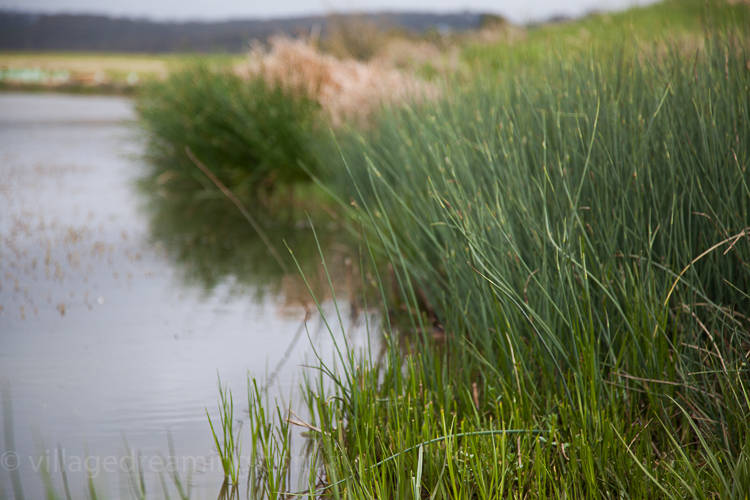
It looks beautiful and lush, vibrant and inviting. Yesterday or the day before I had a swim with Ahlia and her friend Atticus. We were overjoyed to be ourselves submerged in water. It is exhilarating to swim in non-chlorinated fresh water. And the chorus of frogs a free ticket to the orchestra with front row seats. The dragonflies hover on the surface and take a drink. We talked about getting yabbies and eating them and asked if they would bite our toes.
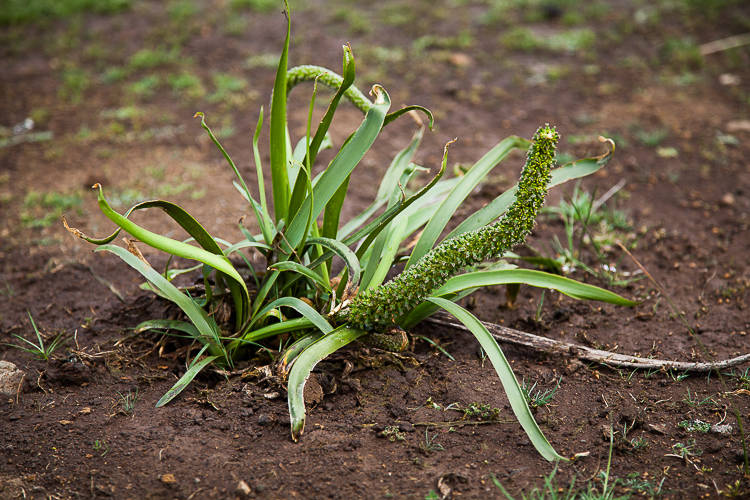
Triglochin – Water-ribbons, are established on the margins, their large seed heads will hopefully spread throughout the wetland. I have transplanted three of these into the water as they like their feet very wet. They look fantastic when established, with flowing tendrils moving in dance to the waters rhythm.
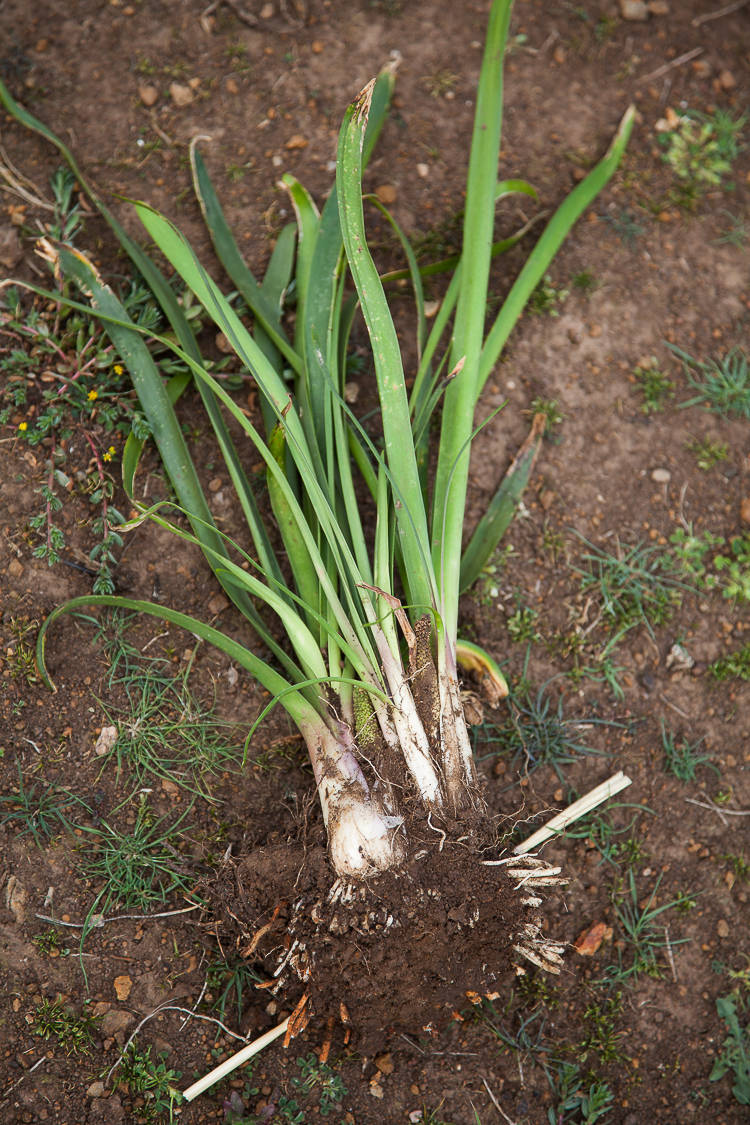
The tubers of Triglochin are edible raw or cooked. When my kitchen is up and running again I will try this bush tucker food. The roots most certainly look edible and similar in appearance to leek.
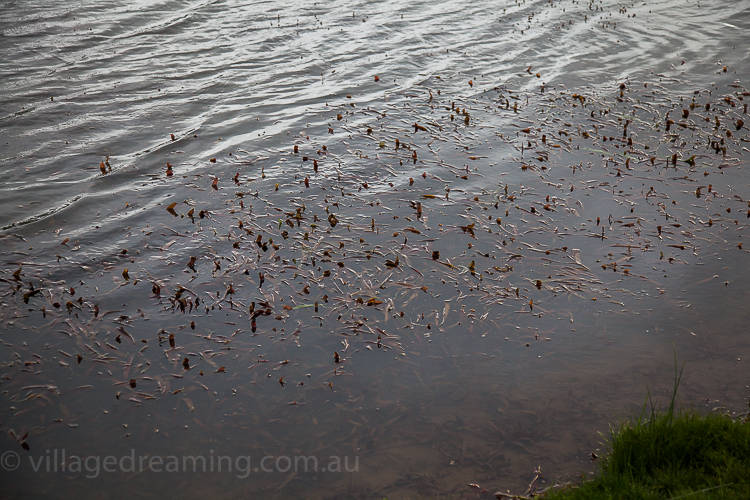
Potamogeton (not sure which species yet) is very established and is already providing food for visiting birds.
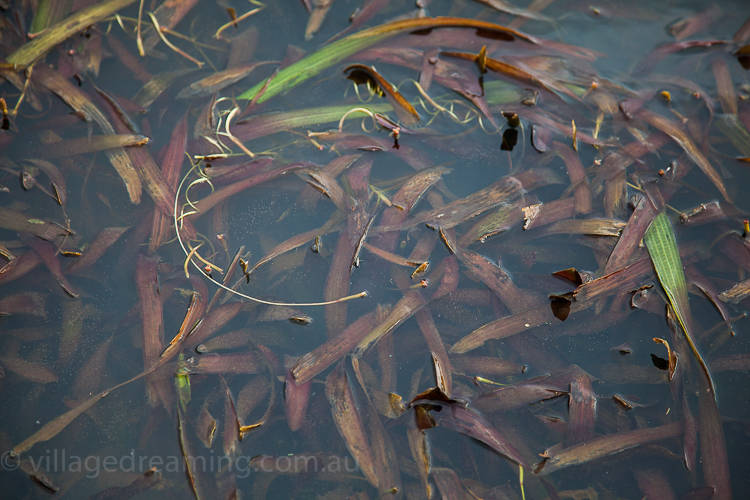
Detail view of a different plant in our wetland, from the Genus Vallisneria, but which species? Vallisneria australis? caulescens or annua?
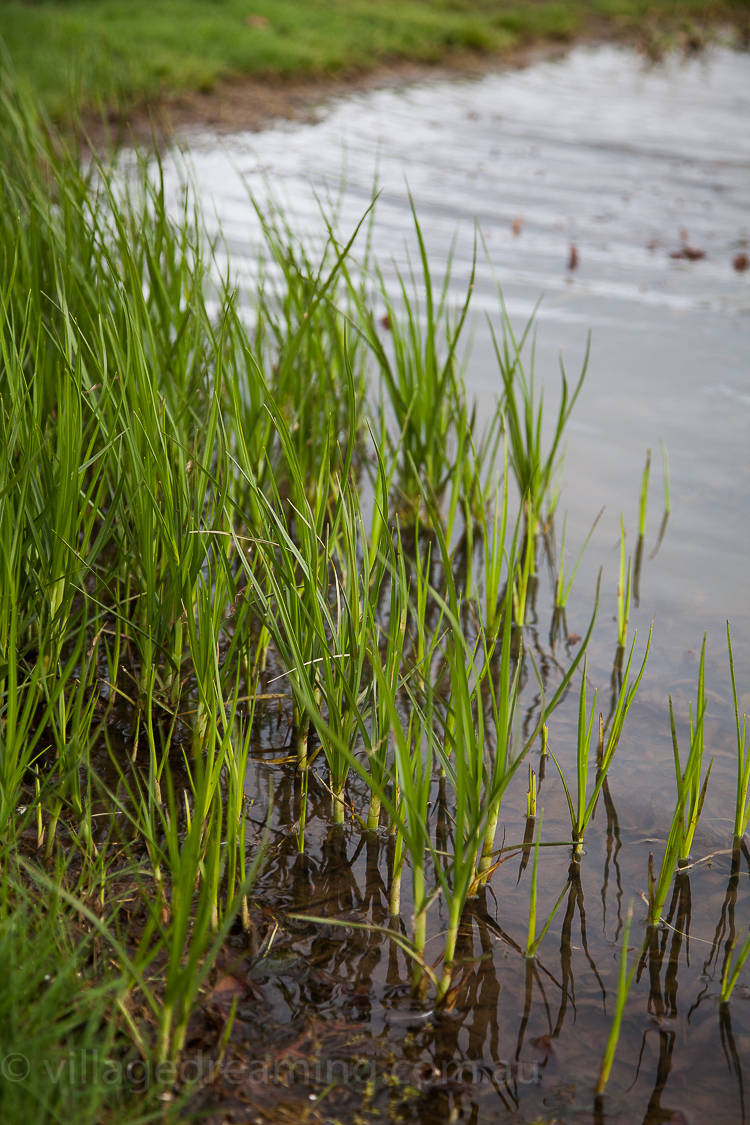
Bolboschoenus caldwellii, a rush like plant with upright triangular stems is spreading nicely, provides nesting material for water birds.
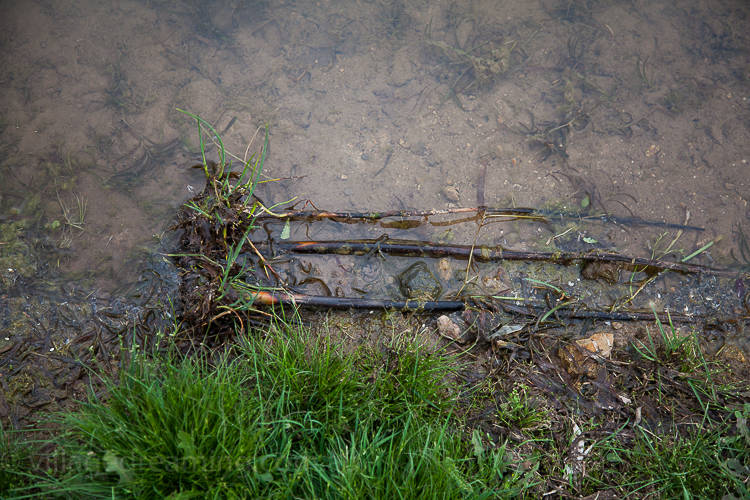
I planted this Eleocharis sphacelata (Tall Spike-Rush) last summer into the clay soil but this plant was uprooted however as it has had constant contact with water it has not dried out but produced new shoots.

Fantastic habitat, a perfect site for a nest, and frogs and small reptiles can easily hide and take refuge in the dried out rushes.

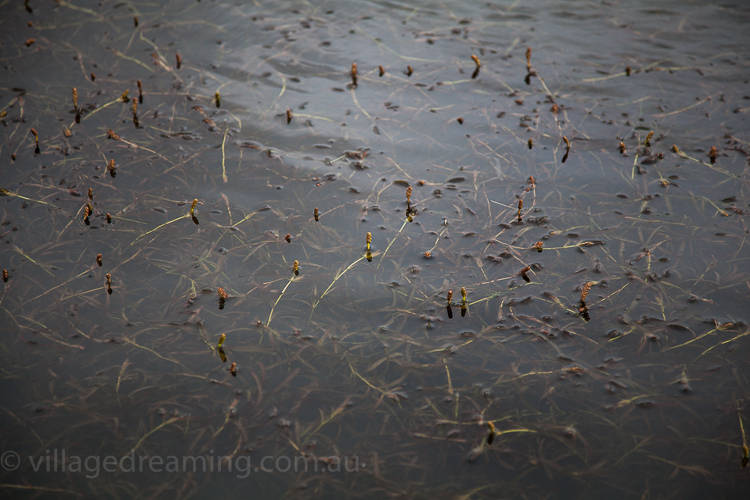
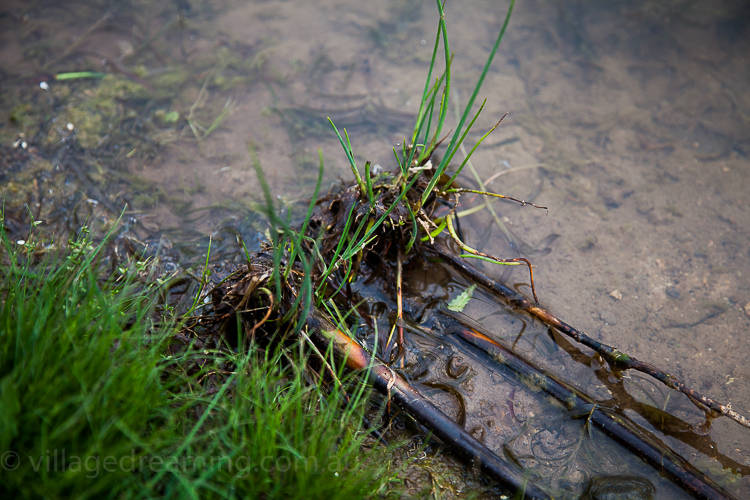
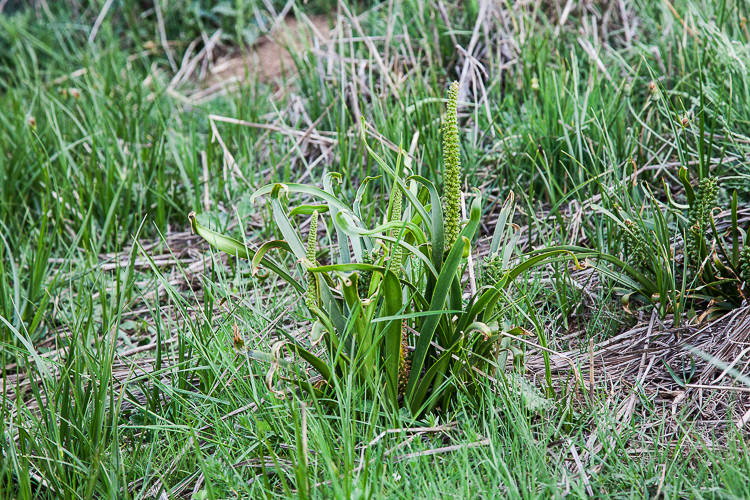

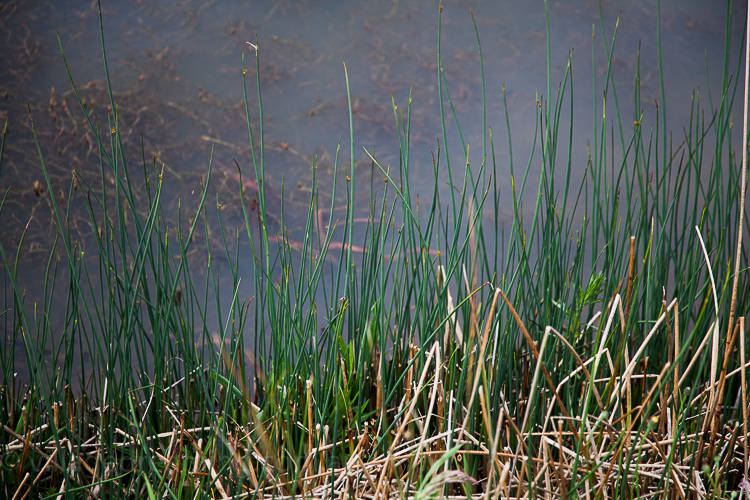

Beautiful! Seeing all of these images and reading your descriptions is heartwarming. Your passion for the plants, waterways, creatures and the soil comes across loud and clear.
Thank you Ruth, so nice to share with you, thank you for your suport.